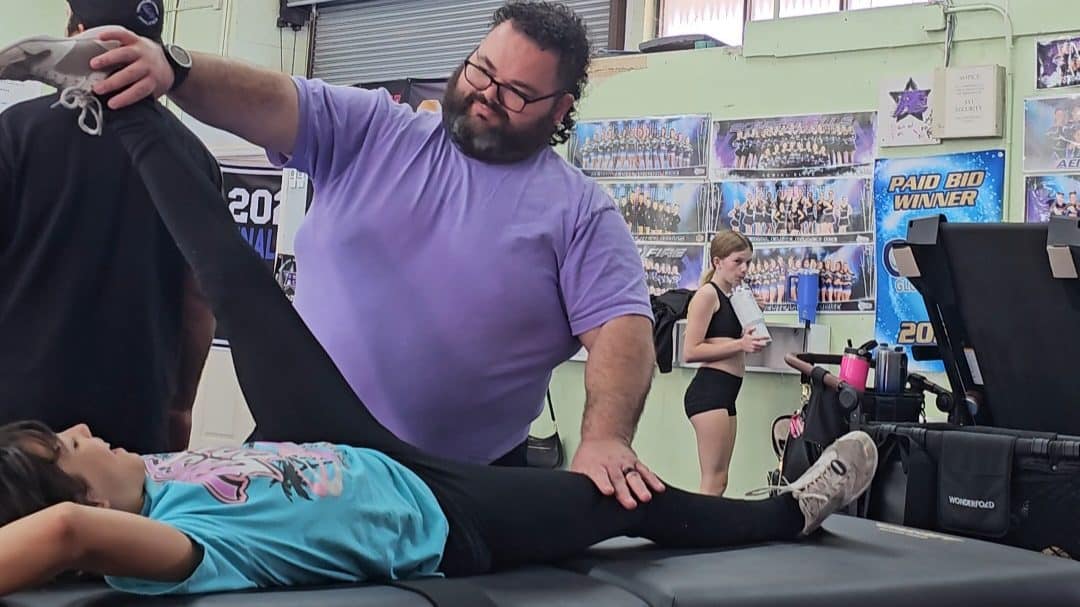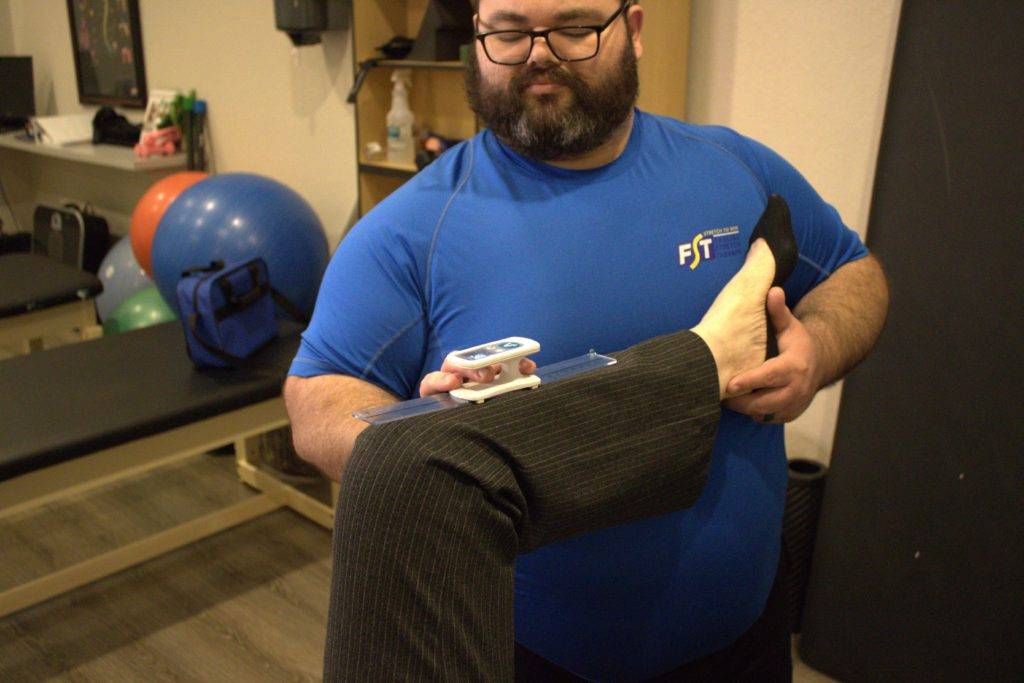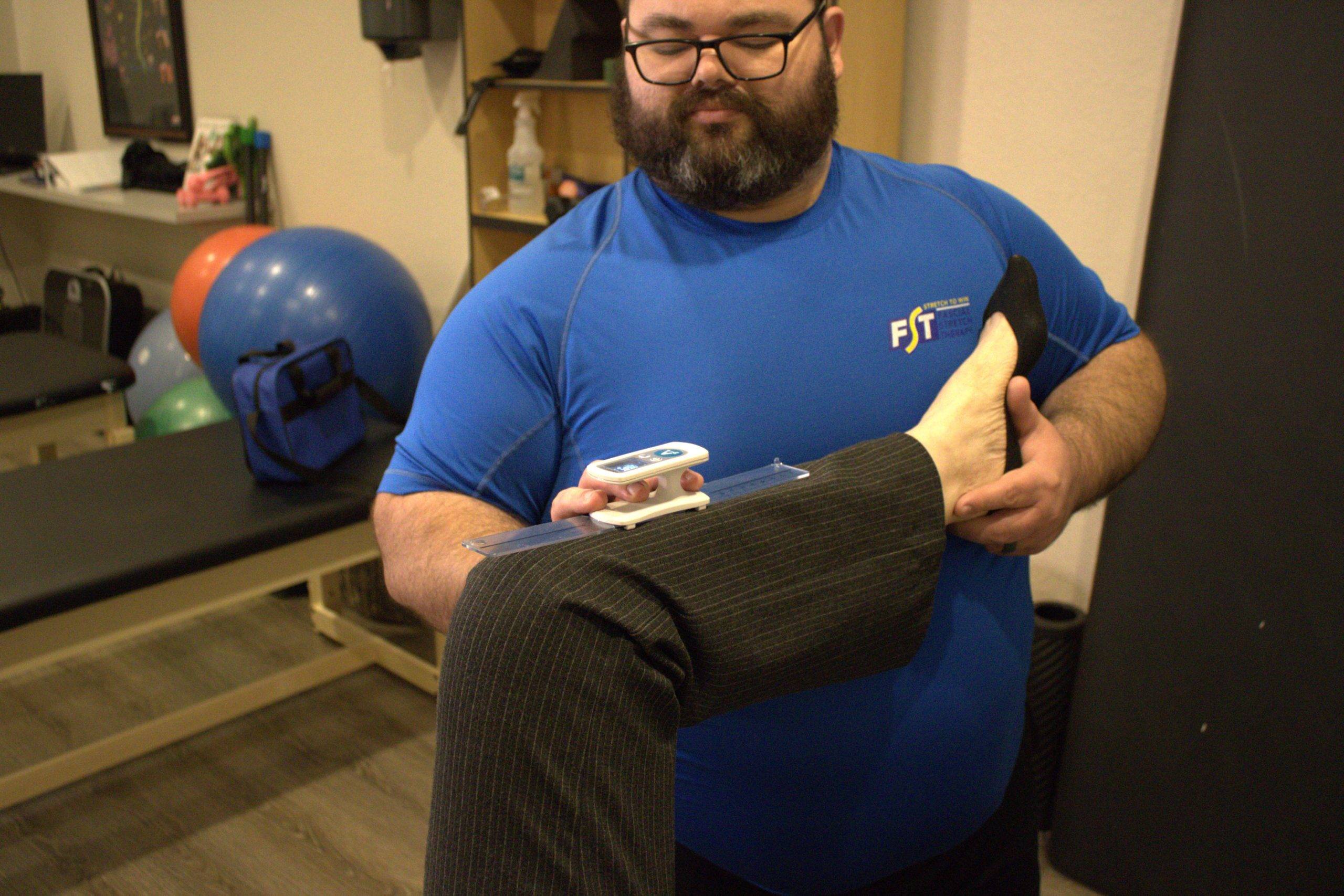Table of Contents
Lake Worth Stretch Therapy Sessions for Newcomers
So, you’ve decided to try stretch therapy? Great choice! Stretch therapy can be a fantastic way to improve flexibility, reduce pain, and enhance your overall well-being. If this is your first session, you might be feeling a bit unsure about what to expect. No worries! This guide will walk you through everything you need to know to prepare for your first stretch therapy session. Let’s get started!
Understanding Stretch Therapy
Before diving into preparation tips, it’s important to understand what stretch therapy is. Stretch therapy involves a series of assisted stretches performed by a trained practitioner. Unlike traditional stretching, where you do all the work yourself, stretch therapy is a more hands-on approach. Your practitioner will guide your body through various stretches, helping to increase your range of motion, improve flexibility, and alleviate tension. It’s a collaborative process designed to meet your specific needs and goals.

Choosing the Right Practitioner
The first step in preparing for your session is choosing the right practitioner. Look for someone who is certified and has experience in stretch therapy. Check out their reviews and ask for recommendations if possible. A good practitioner will take the time to understand your goals and any specific issues you may have. At ACE Performance and Recovery, we pride ourselves on offering personalized, professional care tailored to each client’s unique needs.
What to Wear
Comfort is key when it comes to what to wear for your stretch therapy session. Opt for loose, comfortable clothing that allows for a full range of motion. Think along the lines of workout gear: athletic shorts, yoga pants, and a t-shirt or tank top. Avoid anything too tight or restrictive, as this can hinder your movements and make it difficult for your therapist to guide you through the stretches.
Hydration is Essential
Staying hydrated is crucial for any physical activity, and stretch therapy is no exception. Make sure to drink plenty of water before your session. Proper hydration helps keep your muscles pliable and ready to stretch. It’s also a good idea to bring a water bottle with you to your session to stay hydrated throughout.
Communicate Your Goals and Concerns
Before your session, take some time to think about your goals. Are you looking to improve flexibility? Reduce pain? Recover from an injury? Having clear goals will help your therapist tailor the session to meet your needs. Additionally, be sure to communicate any concerns or areas of discomfort. Your therapist needs to know about any injuries, chronic pain, or specific areas that need attention. This information will help them adjust the stretches to ensure your safety and comfort.
Arrive Early
Arriving a bit early to your session can help you feel more relaxed and ready to start. It gives you time to fill out any necessary paperwork and discuss any last-minute details with your therapist. Plus, it allows you to settle in and mentally prepare for the session.
Warm-Up Before Your Session
While your practitioner will guide you through stretches, it can be beneficial to do a light warm-up before your session. A few minutes of gentle cardio, like walking or jogging in place, can help increase blood flow to your muscles and make the stretching more effective. It doesn’t need to be anything intense – just enough to get your body moving and warmed up. This is an optional action to take as you can still benefit from the stretches without warming up.
What to Expect During the Session

Now, let’s talk about what happens during the session. Your practitioner will likely start with an assessment to understand your range of motion and identify any tight or problematic areas. This assessment helps them customize the session to your specific needs.
During the session, your practitioner will guide you through a series of stretches. You’ll be lying down on a comfortable table, and the therapist will move your body into various positions. It’s a collaborative process, so don’t hesitate to provide feedback. If a stretch feels too intense or uncomfortable, let your practitioner know. Stretch therapy should feel good – you should experience a gentle pulling sensation, but it should never be painful.
Your practitioner may also use techniques like PNF (proprioceptive neuromuscular facilitation) stretching, which involves contracting and relaxing muscles to achieve a deeper stretch. Again, communication is key. Let your therapist know how you’re feeling throughout the session.
Post-Session Tips
After your session, you’ll likely feel more relaxed and flexible. Here are a few tips to maximize the benefits:
- Hydrate: Drink plenty of water to help flush out any toxins released during the stretching.
- Rest: Give your body some time to rest and recover. Avoid intense workouts immediately after your session.
- Stretch at Home: Incorporate some of the stretches you learned into your daily routine to maintain and improve your flexibility.
- Listen to Your Body: Pay attention to how your body feels in the days following the session. Some soreness is normal, but if you experience any sharp or persistent pain, reach out to your therapist.
Making the Most of Your Stretch Therapy Experience
To get the most out of your stretch therapy sessions, consider the following tips:
Consistency is Key
Like any form of therapy or exercise, consistency is crucial. Regular sessions will yield the best results. Talk to your practitioner about a schedule that works for you, whether it’s weekly, bi-weekly, or monthly. Consistent stretching will help you achieve and maintain your goals more effectively.
Combine with Other Modalities
Stretch therapy can be even more effective when combined with other modalities. Consider incorporating cupping, muscle scraping, chiropractic care, or physical therapy into your routine. These complementary therapies can enhance your overall well-being and help address any underlying issues that may be affecting your flexibility and mobility.
Stay Active
In addition to your stretch therapy sessions, staying active is important. Regular exercise, whether it’s walking, yoga, swimming, or strength training, can help maintain the benefits of stretch therapy. An active lifestyle promotes overall health and keeps your muscles and joints in good condition.
Focus on Nutrition
Nutrition plays a significant role in your overall health and well-being. A balanced diet rich in vitamins, minerals, and proteins supports muscle recovery and overall flexibility. Incorporate plenty of fruits, vegetables, lean proteins, and healthy fats into your diet. If you’re unsure about your nutritional needs, consider consulting with a nutritionist or dietitian.
Practice Stress Management
Stress can take a toll on your body, leading to muscle tension and reduced flexibility. Incorporate stress management techniques into your daily routine to support your stretch therapy goals. Practices like meditation, deep breathing exercises, and mindfulness can help reduce stress and improve your overall sense of well-being.
Preparing for your first stretch therapy session doesn’t have to be daunting. With a little planning and the right mindset, you can make the most of this beneficial therapy. Remember to choose a qualified practitioner, wear comfortable clothing, stay hydrated, and communicate your goals and concerns. Arrive early, do a light warm-up, and be open to the process during the session. Afterward, follow the post-session tips to maximize the benefits and maintain your flexibility.
By incorporating regular stretch therapy into your routine, staying active, eating well, and managing stress, you’ll be well on your way to improved flexibility, reduced pain, and enhanced overall well-being. Welcome to the world of stretch therapy – we’re excited to help you on your journey to better health!
If you’re in the Lake Worth, FL area and interested in trying stretch therapy, we’d love to have you book a session with us at ACE Performance and Recovery. Click Here to get started

